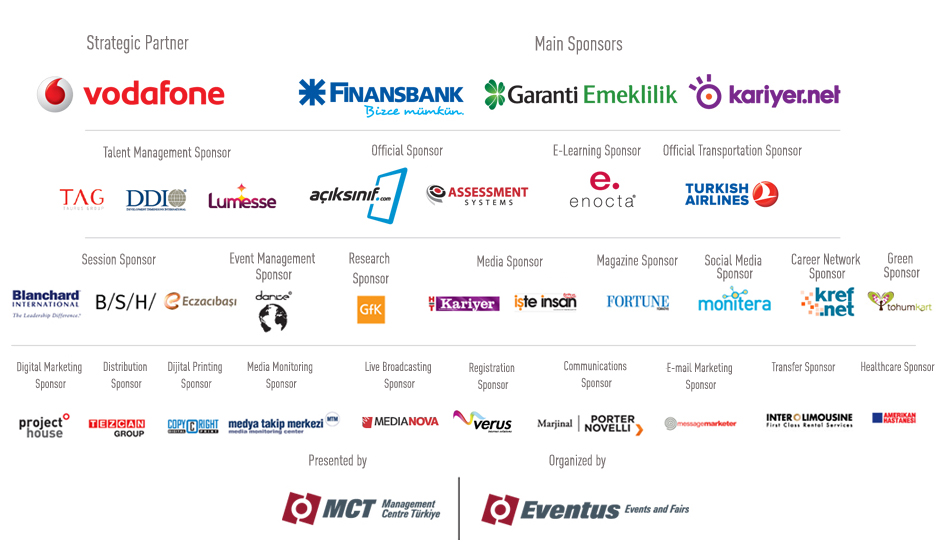|
Nesim Levi holds a Master's degree in mechanical and industrial
engineering from Istanbul Technical University. He has a truly
mixed cultural background and speaks several languages. He
retired after a successful career of thirty six years in a
large
industrial group, where he was the CEO for the last fifteen.
He was cited by the press as one of the 30 most influential
professionals in Turkish industry. During his professional
life, he always felt that helping others to develop new skills
and sharing experiences with them was his true preference.
Even during his career, he gave lectures in universities,
facilitated seminars, and trained his collaborators. After
retiring, he devoted his time to this activity.
To this effect, after becoming a certified trainer for the
Blanchard solutions, he trained several thousand persons in
Situational Leadership® II, Situational Self Leadership®,
Situational Team Leadership®, Creating Your Organization's
Future®, Coaching Essentials for Leaders® as well as public
speaking, communication, feedback, for the past seven years.
He facilitates these topics either in Turkish, English or
French. He is an active member of many civic organizations
like Lions Clubs International, the Turkish Kidney Foundation,
the Sight Conservation Foundation, and Children Protection
Foundation.
He lives in Istanbul and is father of three.
Leadership during Change and Renewal
Organizational change and renewal are facts of business life.
Most of these change and renewal efforts require significant
adjustments in how large numbers of people get their work
done.
Roughly 70% of change efforts fail or get derailed. Failure
of an organizational change can lead to destructive outcomes,
such as low productivity and morale, unmet expectations, wasted
time and money, and increased employee turnover..
Our research and real-world experience have shown that people
go through predictable stages of concern during change. In
addition, most change efforts are unsuccessful for predictable
reasons. This predictability allows leaders to be proactive
and minimize the risks associated with change.
In the 'Leading People Through Change' presentation, we will
discuss how leaders should identify and address the typical
concern questions that employees raise during a change.
|
 |
 |














